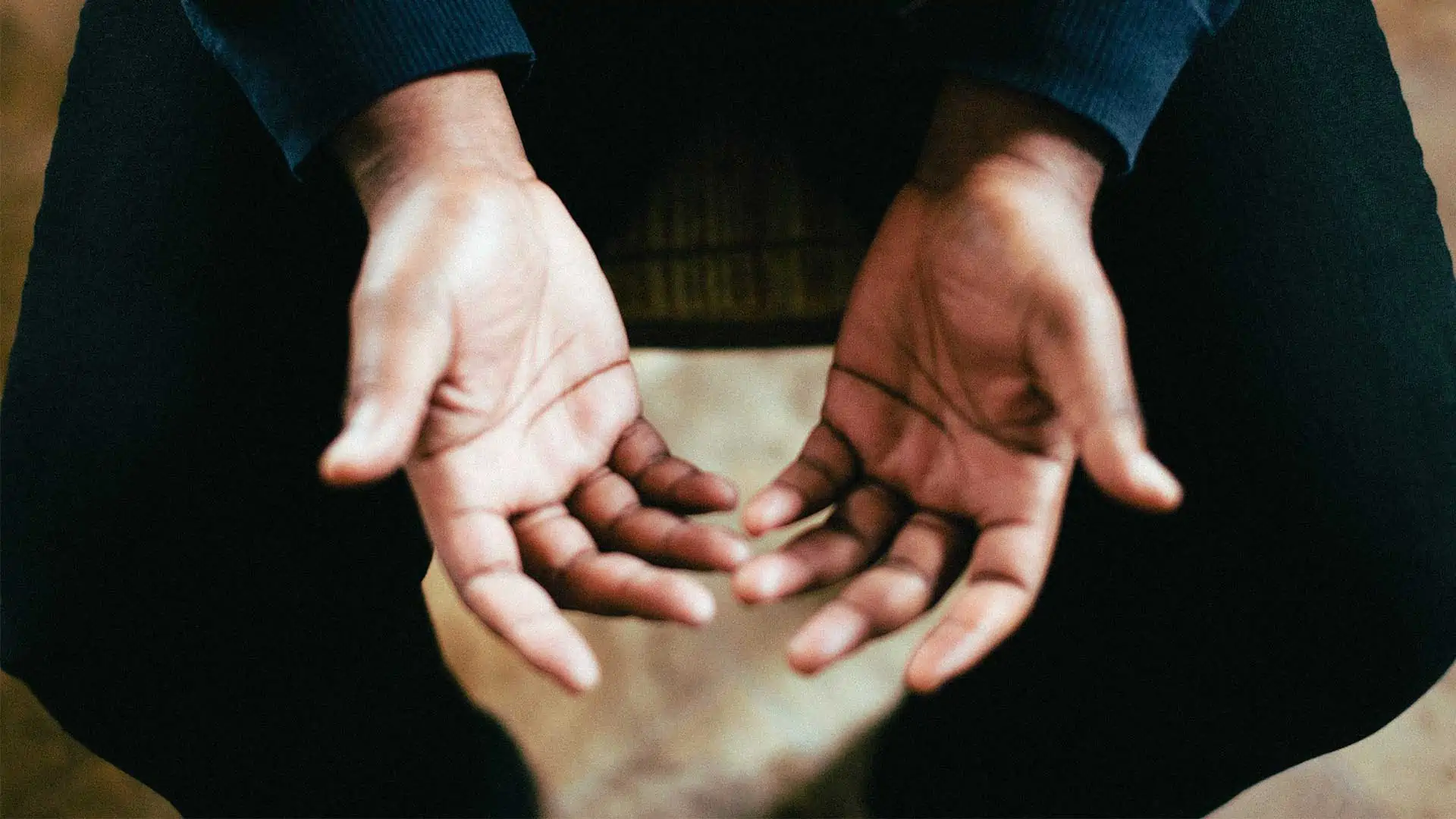The tree of the knowledge of good and evil, the tree at Calvary, and the tree of life in eternity: these three trees sum up the entire history of the world. To understand the impact these three trees have on humanity is to understand the good news.
To fully grasp the impact of that first tree on the world, we have to understand Adam and Eve’s position in the garden relative to God’s. We know from Ezekiel 28 that the Garden of Eden was a place in which Heaven and Earth met, and was in many ways a sanctuary to God. It contained the mountain of God, and Adam was placed in the position of priest and king over the garden. As king, he was in charge of the administration of God’s creation; as priest, he was to walk with God, commune with Him daily in a perfect relationship, and minister from that relationship to the world around him.
Adam and Eve were placed in the garden in these highly honourable roles—not of anything that they did themselves, but purely as an act of God’s grace. Adam did not earn his position in the garden, nor did he work his way into the garden; he was placed by God’s grace into a position of favour and intimacy. In return, however, he and Eve were totally reliant on God to provide for them in every way, including their ability to discern good and evil. Although Adam was placed by grace in a position of favour, he was still subject to God’s final authority and sovereignty, a condition which included his understanding of good and evil.
Eating of the first tree was not an act of simple disobedience; it was a removal of God from His rightful place in their lives and the rightful place of God in the earth. In one act, humanity had removed God as the supreme authority over the created order and implemented a system in which humanity was free to do what was right in their own eyes.
The natural outcome of this decision was that man placed himself in the position of God, which God reversed by putting Himself in the position of a man.
The real lie of Satan was that Adam and Eve could be more like God—when in truth, they were already His image. They were led to believe it was robbery that they were not equal with God. The second Adam ‘who, being in the form of God, did not consider it robbery to be equal with God’ (Phil 2:5-6) and corrected this unnatural imbalance back to the designed working order of the universe. The sad reality that is still reflected today is that the fruit of this tree removed God’s authority from their lives, which diminished the divine image in themselves and the world around them. This single decision resulted in countless repercussions, which the second Adam was sent to reverse.
The fruit of this same old tree is still being eaten in a thousand different ways to this day. Today we have come up with more sophisticated, enlightened ways to describe its fruit, like ‘moral relativism’ or ‘personal ethics’. Humanity still says in their hearts that there are merely perspectives of truth: ‘what’s right for you is right for you and what’s right for me is right for me’; the only problem, however, is that we are brazen enough to say it to God.
We want to enjoy beauty, music and love; place a high value on goodness, justice and hope; but we want them to exist outside the reality of good and evil, and certainly not in concert with moral absolutes. We want absolute freedom through perspectives of truth and personalized morals enforced as individual rights. This personally-defined freedom, however, only results in pseudo liberty because our own brokenness and fragility enslaves us to broken and fragile versions of moral humanity.
We want His way without His direction, His truth without His boundaries and His life without His existence. Or as Ravi Zacharias sums up simply, ‘we want God’s goodness but not His definition of good’.
The first tree bore fruit that we could not bear to taste and should not ever have tasted. It permanently brought a harvest of the curse upon all that God called good.
However, there is a second tree that plays a pivotal role in the history of humanity: the tree of Calvary.
Galatians 3:13 says, ‘Christ has redeemed us from the curse of the law, having become a curse for us’ (for it is written, ‘Cursed is everyone who hangs on a tree’).
As destructive as the first tree was, the second tree mended everything that had been broken or separated from its original place in the perfect working order of God’s universe. And just as Adam and Eve were placed in a perfect garden as kings and priests—due to nothing that they had done—we now have been placed back in the wholeness of God’s perfect plan as kings and priests, due to nothing we have done and all because of God’s plan of redemption. It was undeserved but freely given, received as amazing grace, and applied in never-ending mercy and love.
The fruit of this tree is highlighted by Ephesians 2:4, a verse with a simple message but colossal ramifications,
‘But God is so rich in mercy, and He loved us so much…’
I am so thankful that there is a verse in the Bible that starts out
‘But God is so rich in mercy, and He loved us so much…’
There are so many times in my life I have needed a verse that starts out
‘But God is so rich in mercy, and He loved us so much…’
…None more important though, than when I was still living in the curse of the first tree. The fruit of the second tree removes that entire curse from my life and allows me to eat permanently from the fruit of the third tree.
The tree of life is waiting for us in eternity. In Revelation, we see the heavenly reality of the earthly shadows highlighted in Ezekiel and Proverbs.
‘In the middle of its street, and on either side of the river, was the tree of life, which bore twelve fruits, each tree yielding its fruit every month. The leaves of the tree were for the healing of the nations. And there shall be no more curse…’ (Rev 22:2-3)
This tree was also in the Garden of Eden but was removed when Adam and Eve ate from the tree of knowledge of good and evil. Now, because of the tree at Calvary, we will be able to freely eat from the tree of life, which produces fruit for the healing of the nations—better understood as the provision of everything the nations and we could ever need. The tree of life yields a new harvest of fruit every month, perfectly providing all of God’s goodness and perfection to those who eat from it.
Some of the fruits of the tree of life indicated in the Bible are wisdom, righteousness, happiness, hope, wholeness, healing, abundance of joy, and, of course, eternal life in and with God.
This third tree is the culmination of all that God had planned from the beginning: humanity living in perfect relationship with Him, under His perfect provision and in His perfect love forever.
Not because of anything we have done but because ‘God is so rich in mercy and He loved us so much’.
That is the story of humanity past, present and future; the story of the three trees.





